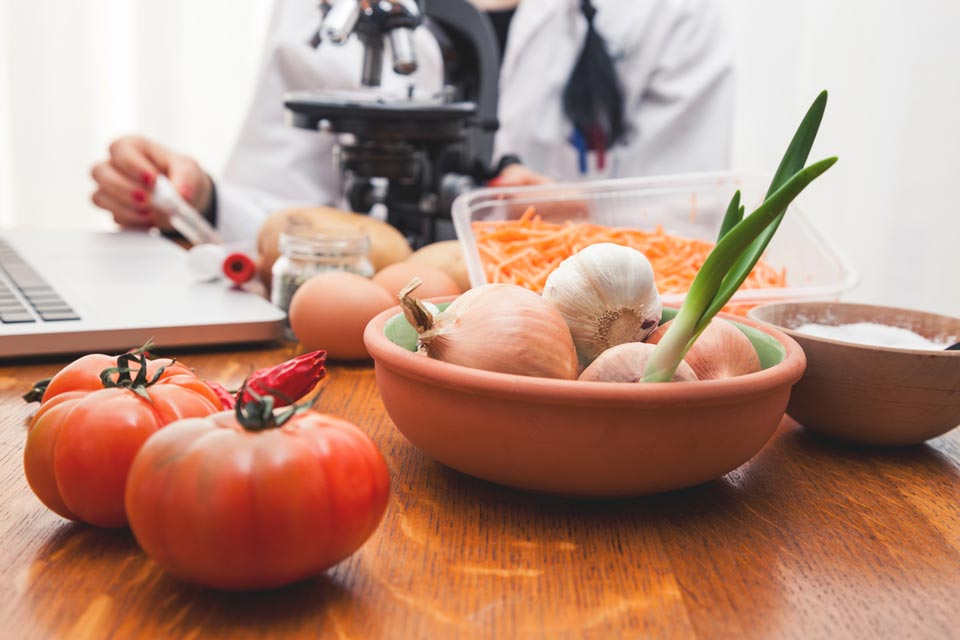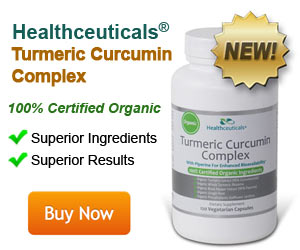What Is Quercetin?

You’ve heard the old saying, “An apple a day keeps the doctor away.” Today, researchers in the field of antioxidants and the effects of micronutrients are beginning to explain why this old adage is more scientifically true than we may have thought. Apples, as well as many other colorful fruits and vegetables, contain a rich amount of a particularly powerful antioxidant called quercetin.1
Quercetin is a flavonol—a subtype of potent substances called flavonoids that naturally occur in plants and offer a variety of beneficial health benefits to humans (and animals). In particular, quercetin is found in rinds, young shoots, and barks of plants, and is one of the most abundant flavonoids in our diets. Onions have the highest known quercetin content (200-600 mg/kg), with fruits in a close second at between 2 and 250 mg/kg.2
Other common foods with significant levels of quercetin include:3
- Apples
- Cauliflower
- Grapes and grape products (i.e., wine, juice)
- Nectarines
- Spinach
- Strawberries
- Tea
- Tomatoes
Although quercetin is commonly found in many of the foods included in a healthy diet, supplements may be needed for therapeutic dosages of this antioxidant.5
Evidence of Health Benefits
Quercetin has potent antioxidant, anti-inflammatory, antihistamine, antiviral, immune-boosting, and other biological properties.1 Since 1977, many lab and animal studies, as well as a few human clinical studies and trials, have shown that quercetin works in multiple ways to help prevent or alleviate the symptoms of a variety of conditions, including:5-6
- Cancer
- Canker sores
- Heart disease
- Herpes
- Human Immunodeficiency Virus (HIV)
- Nasal allergy relief
- Respiratory infections
Quercetin’s antioxidant properties also appear to offer sunscreen protection against damage to the skin from the sun’s ultraviolet radiation.7


